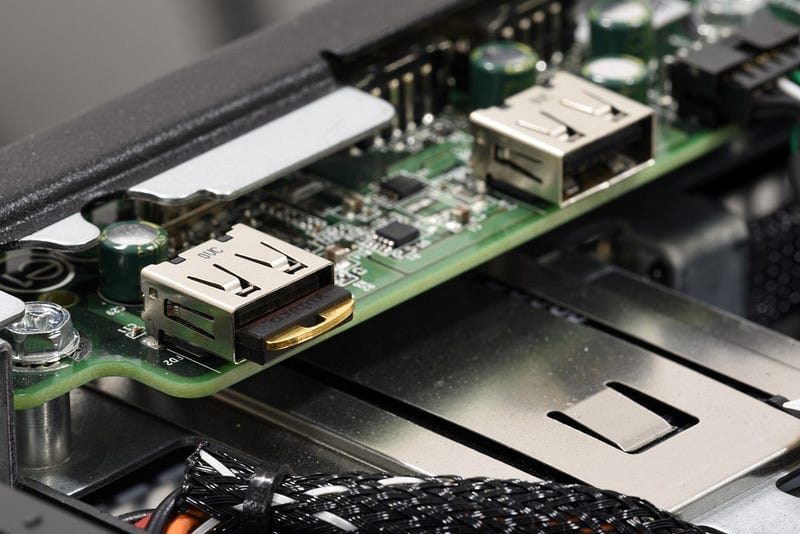Diving Deep into Hardware Security Modules
Hardware Security Modules (HSMs) are dedicated cryptographic devices designed to provide robust security for sensitive digital information…

Hardware Security Modules (HSMs) are dedicated cryptographic devices designed to provide robust security for sensitive digital information. These devices are crucial in securing data for various industries, including finance, healthcare, and telecommunications. In this article, we will take an in-depth look at the architecture of HSMs and explore how they function at a low level.
HSM Architecture
- Cryptographic Processor
The cryptographic processor is at the heart of the HSM, responsible for performing all cryptographic operations. The processor is designed to execute a variety of cryptographic algorithms, such as symmetric encryption (e.g., AES), asymmetric encryption (e.g., RSA), and hashing algorithms (e.g., SHA-256). It has hardware acceleration features to provide high-speed performance while maintaining a low power footprint.
2. Secure Memory
HSMs possess a dedicated secure memory area for storing cryptographic keys, digital certificates, and other sensitive information. This memory is protected by various access control mechanisms to prevent unauthorized access, including memory encryption and tamper-resistant hardware designs.
3. Tamper-Resistant Enclosure
A critical aspect of HSM architecture is the tamper-resistant enclosure, which provides physical security against unauthorized access, tampering, and extraction of sensitive information.
The enclosure has various sensors and alarms to detect any attempts to breach its integrity, such as drilling or temperature changes. In case of tampering, the HSM is designed to automatically delete all sensitive data, rendering the device useless for attackers.
4. I/O Interfaces
HSMs feature multiple I/O interfaces for secure communication with external systems, such as servers, networks, or other HSMs. These interfaces include Ethernet ports, USB connections, and serial communication ports. They implement secure communication protocols, like TLS, to ensure that data transmitted to and from the HSM remains confidential and unaltered.
Low-Level Functioning of HSMs
Secure Key Management
HSMs are responsible for the entire lifecycle of cryptographic keys, including generation, storage, and deletion. The random number generator (RNG) is at the heart of this process, which creates high-quality random numbers used as a foundation for key generation. The generated keys are then securely stored in the HSM’s memory, protected by encryption and access control mechanisms.
Cryptographic Operations
When an HSM receives a request to perform a cryptographic operation, it first authenticates the request to ensure that it originates from a legitimate source. Once authenticated, the HSM retrieves the required key from its secure memory and uses the cryptographic processor to perform the requested operation, such as encryption or digital signature generation. The result is then securely transmitted back to the requesting system.
Secure Execution Environment
The secure execution environment within the HSM ensures that all cryptographic operations are performed in isolation, minimizing the risk of side-channel attacks. This environment is achieved through a combination of hardware and software security mechanisms, such as process isolation, restricted access controls, and secure boot processes.
Auditing and Logging
HSMs maintain detailed logs of all performed operations and security events. These logs provide visibility into the HSM’s activities and serve as a valuable resource for forensic analysis in case of a security breach. The HSMs are often configured to transmit these logs to a secure log management system for centralized monitoring and analysis.
Conclusion
Hardware Security Modules are essential to modern security infrastructure, providing robust protection for cryptographic keys and sensitive digital information.
The combination of a secure cryptographic processor, tamper-resistant enclosure, and advanced security features ensures that HSMs can effectively safeguard sensitive data against physical and logical attacks.
Follow me on Medium, LinkedIn, and Twitter.
All the best,
Luis Soares
CTO | Head of Engineering | Cyber Security | Blockchain Engineer | NFT | Web3 | DeFi | Data Scientist
#hsm #hardware #security #cybersecurity #cryptography #data #privacy #secret #encryption #infrastructure #confidentiality #integrity #availability



